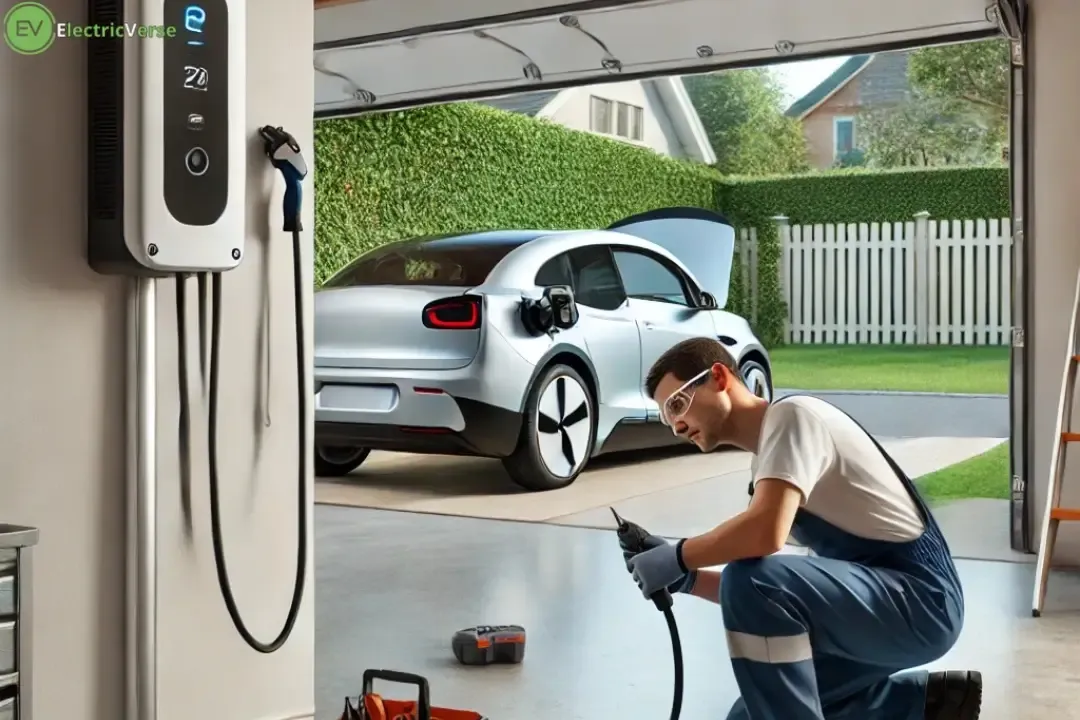 |
EV Charger Install |
Electric vehicles (EVs) are gaining popularity as the world transitions toward sustainable transportation. However, owning an EV requires a dependable charging solution. Installing a home EV charger is one of the most convenient ways to ensure your vehicle is always ready for use. This guide will walk you through the steps of installing an EV charger at home, including the costs involved and considerations for various regions such as the UK, Australia, Canada, and beyond.
Why Install an EV Charger at Home?
Installing a home EV charger offers several key advantages:
- Convenience: Eliminate trips to public charging stations.
- Cost Efficiency: Charging at home is often more affordable than using public chargers.
- Time-Saving: Recharge your vehicle overnight while you sleep.
- Increased Property Value: Homes equipped with EV chargers are increasingly appealing to buyers.
Can You Install an EV Charger at Home?
Yes, it’s possible to install an EV charger at home, but there are important factors to consider:
- Electrical Capacity: Ensure your home’s electrical system can handle the added demand.
- Professional Installation: A certified electrician is usually required to safely install the charger.
- Permits and Regulations: Depending on your location, permits or local authority approval may be necessary.
For example, if you’re in the UK, compliance with local regulations such as using an OZEV-approved installer is essential to qualify for grants.
Types of EV Chargers for Home Installation
Before choosing a charger, it's important to understand the available options:
Level 1 Chargers
- Voltage: 120V
- Charging Speed: 3-5 miles of range per hour
- Best For: Occasional use or basic charging needs
Level 2 Chargers
- Voltage: 240V
- Charging Speed: 25-30 miles of range per hour
- Best For: Daily use and long-term convenience
- Installation: Requires professional setup
DC Fast Chargers
- Voltage: 400V+
- Charging Speed: Extremely fast
- Best For: Commercial use (not typically installed at home)
For most homeowners, a Level 2 charger strikes the ideal balance between speed and cost.
Step-by-Step Guide to Installing an EV Charger at Home
1. Assess Your Home’s Electrical System
Consult a licensed electrician to evaluate your system’s capacity and recommend any necessary upgrades.
2. Choose the Right Charger
Select a charger that meets your needs and local requirements. For instance, in the UK, a Tesla Wall Connector or OZEV-approved charger may qualify for grants.
3. Obtain Necessary Permits
Check with local authorities to determine if permits are needed before installation.
4. Hire a Certified Electrician
A professional will:
- Install a dedicated circuit for the charger.
- Mount the charging unit securely.
- Test the system for safety and functionality.
5. Register Your Charger (if applicable)
In some regions, such as the UK, you may need to register your charger to access rebates or incentives.
Installation Costs
The cost of installation varies by region, charger type, and the condition of your home’s electrical system.
| Region | Cost Range | Incentives |
|---|---|---|
| UK | £500-£1,200 | OZEV grant covers up to £350 |
| Australia | AUD 1,000-2,500 | State-specific rebates may apply |
| Canada | CAD 1,000-2,000 | Provincial rebates available |
| USA | $500-$2,000 | Federal and state tax credits |
| Malaysia | RM 2,000-5,000 | Local subsidies may vary |
| Singapore | SGD 1,500-3,000 | Limited government incentives |
| New Zealand | NZD 1,000-2,500 | Regional incentives available |
Frequently Asked Questions
|
